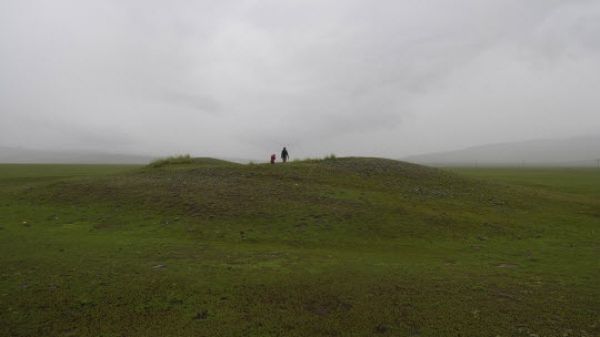The destruction of archaeological sites obliterates the basis for our understanding of ancient cultures and we lose our shared human past. Research at University of Bern shows that satellite data provide a mean to monitor the destruction of archaeological sites. It is now possible to understand activities by looters in remote regions and take measures to protect the sites.
More than 2,500 years ago, horse riding nomads expanded their cultural realm throughout the Eurasian steppe from Southern Siberia to Eastern Europe. These tribes had in common, that they buried their dead in large burial mounds often together with elaborate golden jewellery and weapons of superior craftsmanship. Most of the organic materials are lost forever, but objects made from metals survive the millennia. Often made from bronze and gold, these treasures attract looters. During the colonization of Siberia in the 18th century, looting even became a seasonal job when gangs of diggers, sometimes up to 300 strong, excavated burials from spring to autumn each year. To transport the metals more easily, the prehistoric artworks were often molten down right at the site where they had been found.
Continue reading at University of Bern
Image via Institute for Archaeological Sciences, University of Bern


